[ad_1]
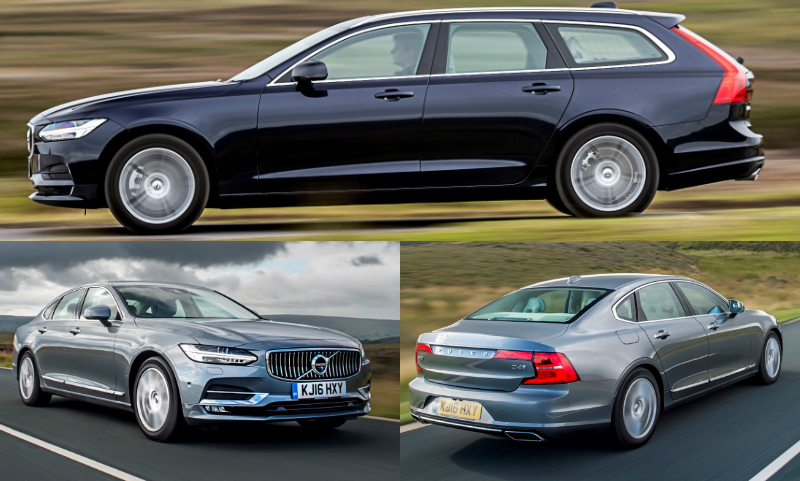 Volvo has rediscovered its Mojo in recent years-the Evergreen V40 and V60 are still good cars. The recognized XC90 is a class leader, while the XC60 remains a large SUV.
Volvo has rediscovered its Mojo in recent years-the Evergreen V40 and V60 are still good cars. The recognized XC90 is a class leader, while the XC60 remains a large SUV.
Now it is time to meet the brand new S90 sedan and V90 estate to meet new competitors at the large family/executive market.
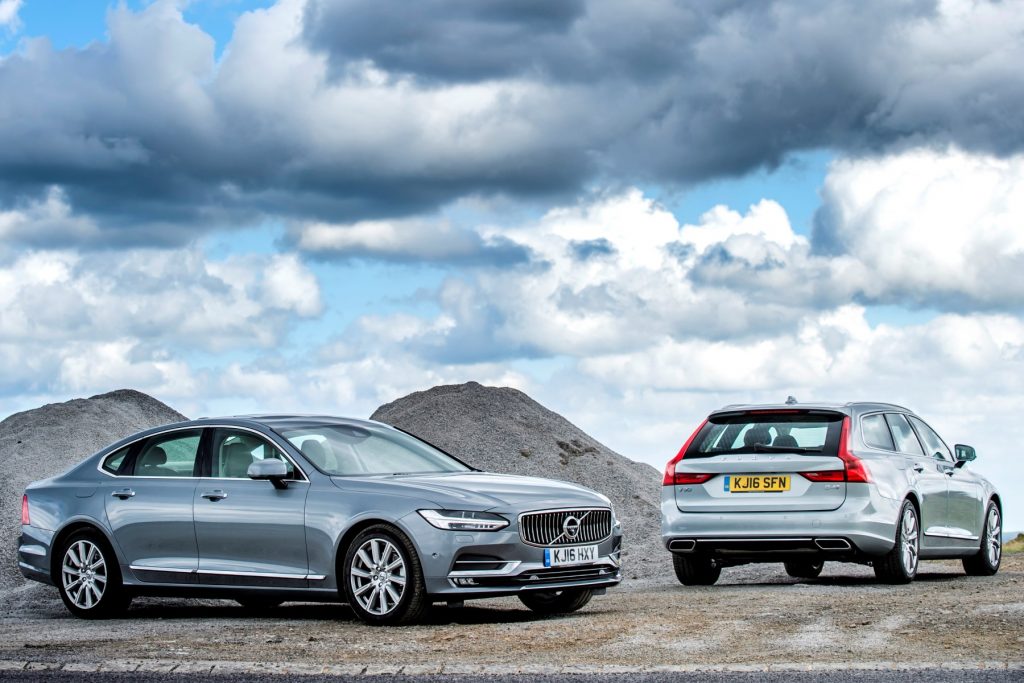
These siblings must also be good because they have to do against the power of the Mercedes E-Class, the BMW 5 series, the Audi A6 and the Jaguar XF.
From the recognized XC90 SUV, the S90 and V90 complete the 90s-series a welcome return for the Swedish auto giant in this strongly competitive sector.
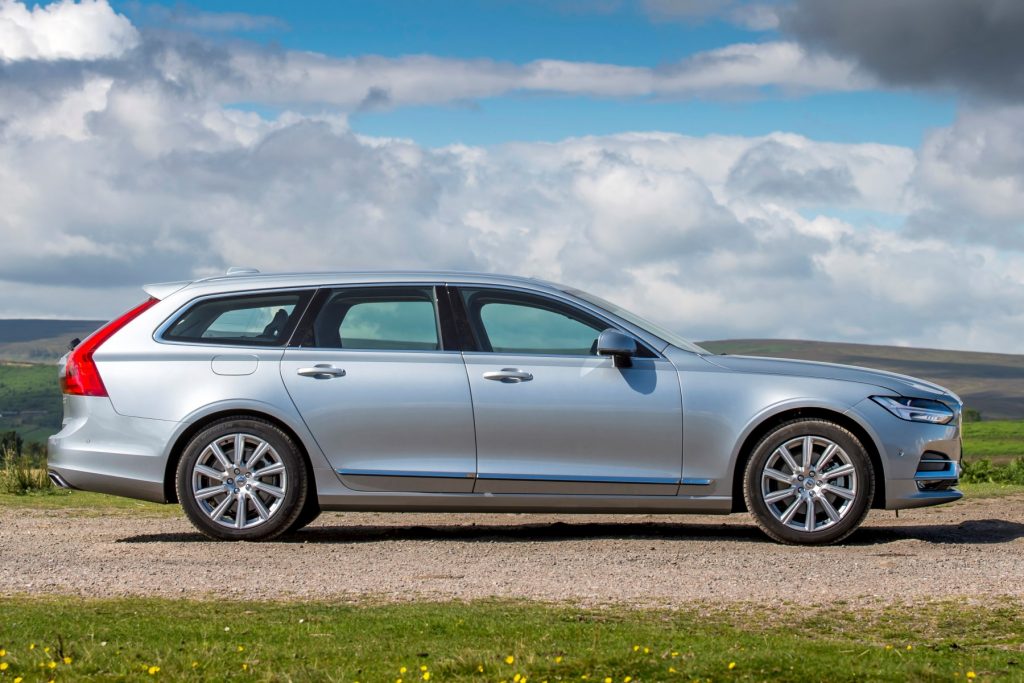
Volvo may be Chinese now, but thanks to new investments better than ever. With the new XC90, Volvo 2015 sold more than 500,000 car das for the first time that it reached this milestone in the company’s 89-year history.
In the next three years, Volvo will revise its entire car chain, so the 90 series is just the beginning.
The first impressions are good. The front end of the V90 and S90 is continued by the characteristic design language of the XC90, is characterized by the hammer -LED headlights of the Thor hammer and a concave radiator grille (a homage to the classic Volvo P1800 of the late 1960s).
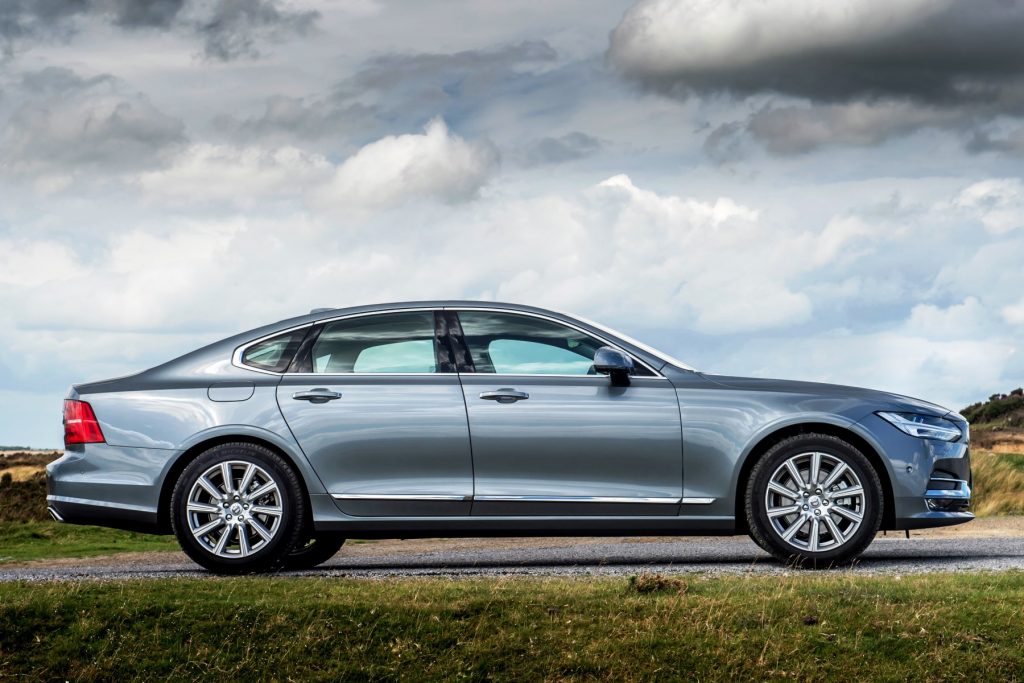
The S90 flagship salon is low and elegant, if not quite as stylish, while the V90 has to be one of the most beautiful lands out there.
Both cars have a serious heritage that they can do justice to. The V90 benefits from six decades of the youth course, starting with the Volvo Duett introduced in 1953, while the S90 is the latest in a long series of successful large salons, including the series Amazon, 200 and 800.
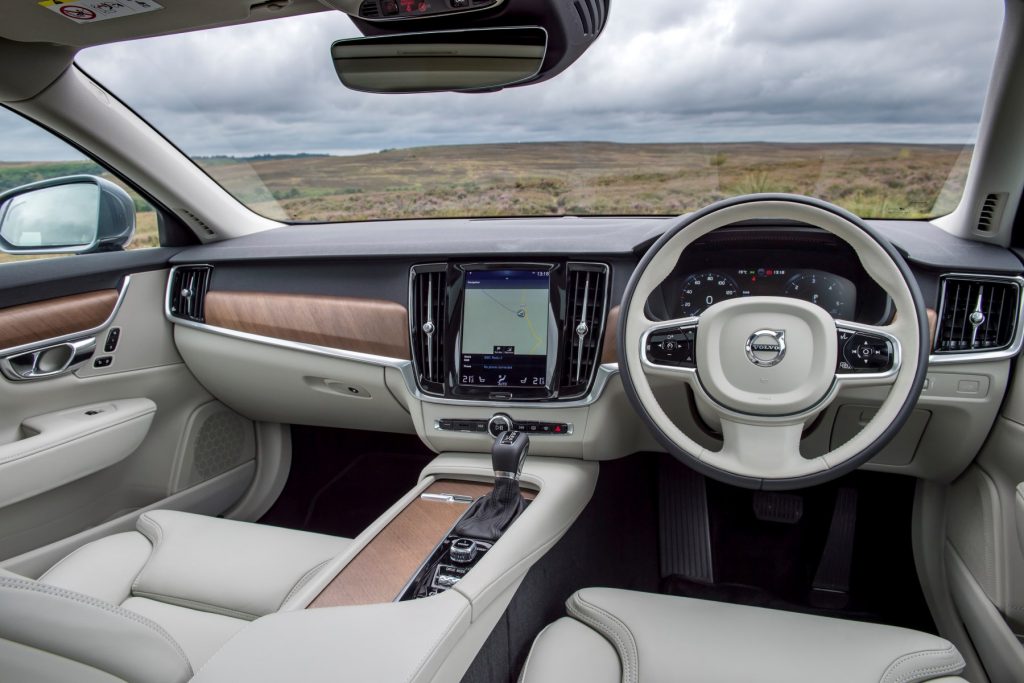
Inside, the new S90 and V90 cars are luxuriously an excellent scandi path – unmistakable light with plush materials. The seats are comfortable and the design of the cockpit follows from the XC90 with a smooth layout and a large 9-inch tablet touchscreen in the center console.
You can also specify a noble 12.3-inch digital display instead of the traditional instrument binnacle, while the head-up display is also worth.
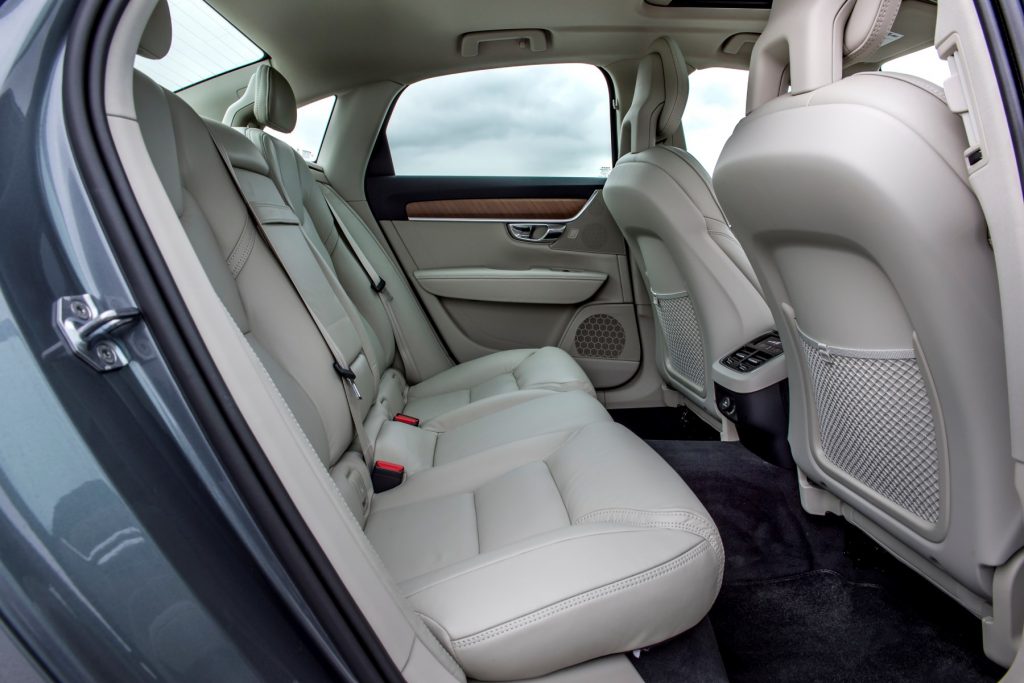
Despite the low roof lines of the cars, the rear passengers are treated with lime -like leg surfaces and plenty of head -free.
It is unnecessary to mention that the luggage compartment in the V90 is awarded 560 liters, while the S90 can give away a decent 500 liters.
Under the bonnet there is a selection of two 2.0-liter four-cylinder diesel engines, whereby a gasoline electrical plug-in hybrid is followed.
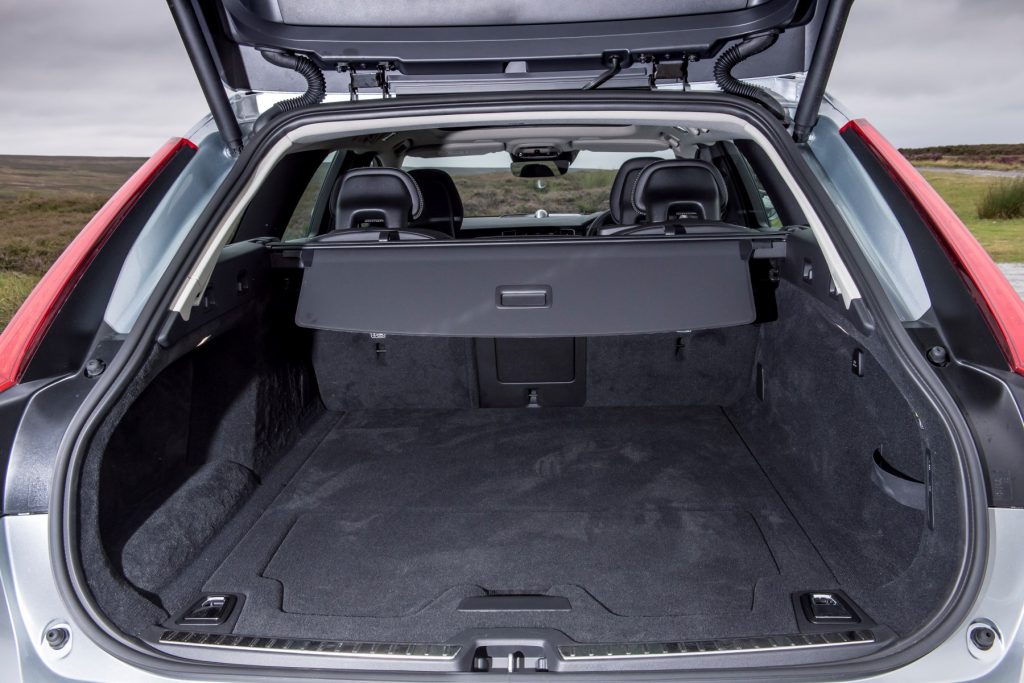
The entry-level D4 diesel produces 187 hp, during the more powerful D5 a healthy 232 hp. A polestar performance optimization package is also available, which improves the power of the D5 to 237 hp and the improvement of the gas reaction, switching speed, engine power and driving dynamics.
The less powerful engine has CO2 emissions of 116 g/km CO2 and demanded the fuel consumption of 64.2 MPG, which means that it is qualified for 30 GBP road tax. It has a top speed of 140 km / h and a time of 0-62 miles per hour of 8.2 seconds. The 237 -hp version has CO2 emissions of 127 g/km and can reach 62 miles per hour in a slightly radiant 7.3 seconds, but the economy sinks slightly to 59 mpg and can reach 145 km/h.
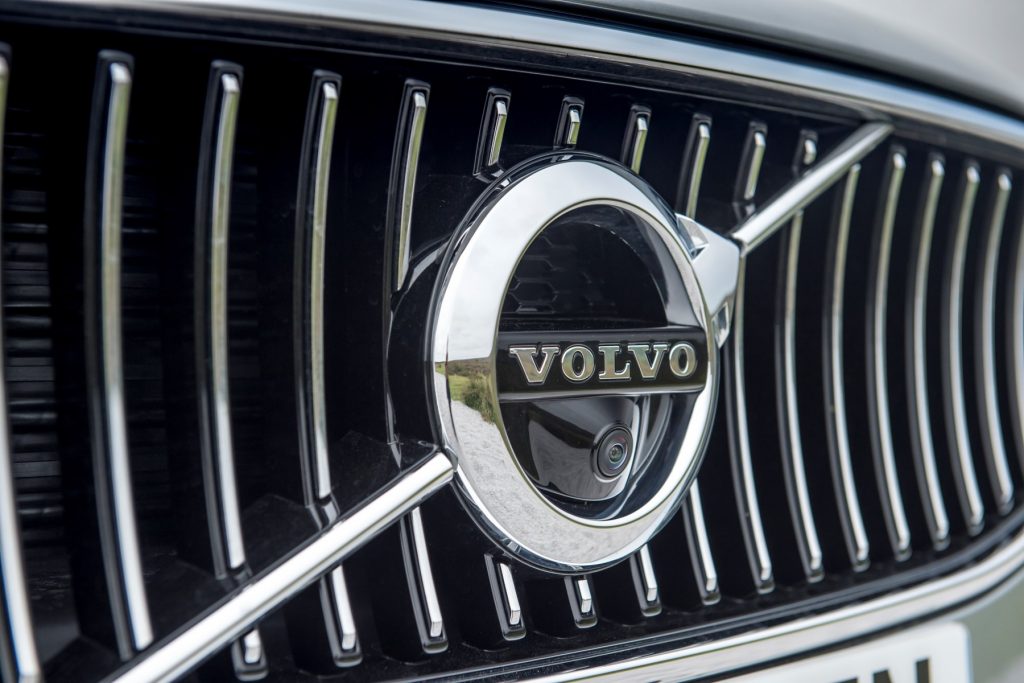
There is a refreshingly simple two equipment variant (impulse and inscription) and all versions are available with an automatic gear of eight -speed. The gear changes are smooth, if not always the fastest. All -wheel drive is also available.
The progress is definitely lively in cars with the more powerful diesel, but the entry level is more than enough for most.
As with most diesel engines, engine noises are noticeable in quick shortwegs, but it soon settles and the general level of cabin reinforcement is impressive.
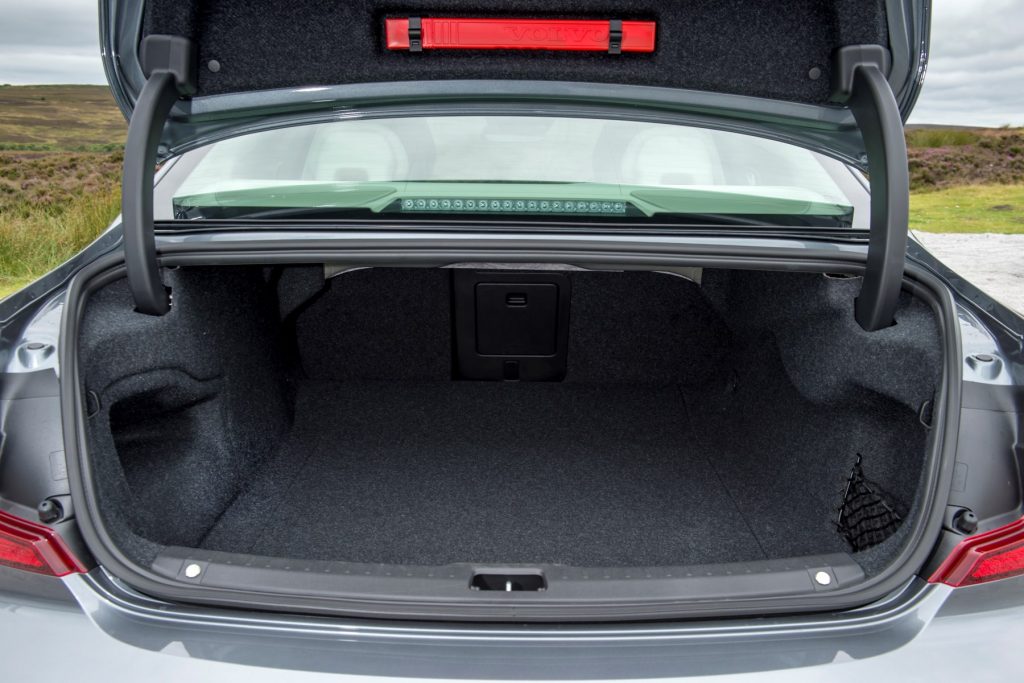
As you can already assess, there is not much to choose between S90 and V90, except appearance and practicality. The interiors are fairly the same and resemble the drive, although Volvo expects the V90 to take the lion’s proportion into account in a share of sales.
The journey is firm, but the body role in the curve is pretty well controlled. If you want a floating trip, go for the air suspension option.
Unnecessary to mention that the S90 and V90 are full of technology and that stacks of safety equipment are available, including the latest version of Pilot Assist, which enables semi -autonomous driving on motorways at up to 80 km / h.
In theory, it becomes speed, acceleration, brakes and steering to keep them in one track, but I was not 100% convinced. First you have to hold your hands on the steering wheel (loosely), or you are asked to do so regularly. Second, our test car tended to drive on the left of a chosen lane. Ultimately, it is an uncanny experience to be driven autonomously, and I am sure that it is okay with familiarity.
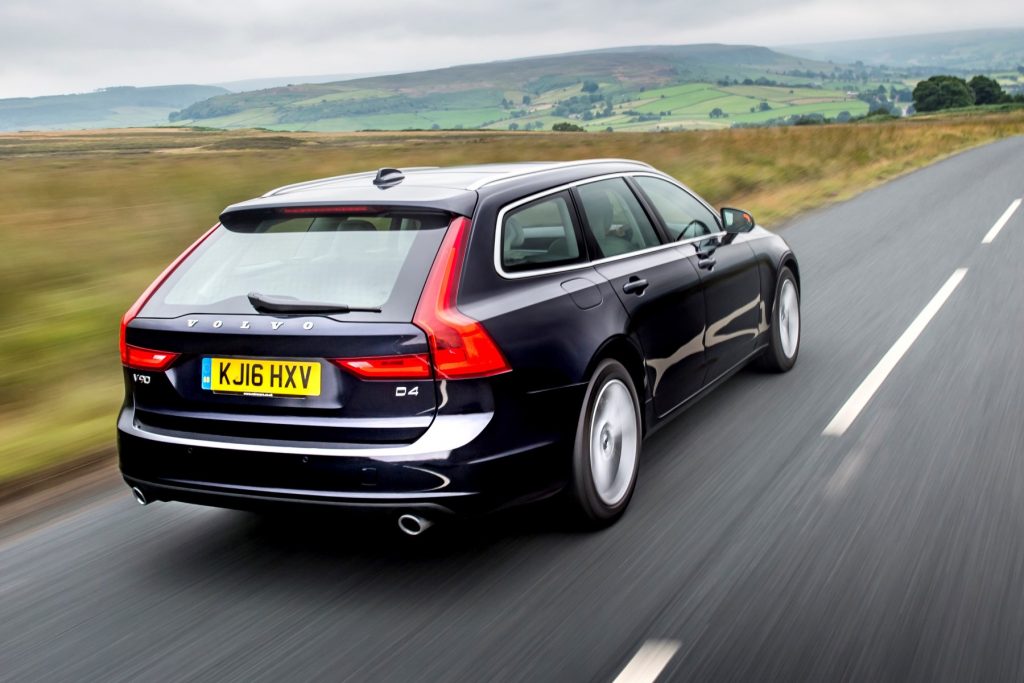
The S90 salon begins at 32,555 GBP and the V90 is 34,555 GBP. To be honest, the entry-level model contains pretty much everything you can wish for as standard, including two zone climatic control, satellite-nav, heated leather seats, keyless start, adaptive speed control, etc. Upgrade on inscription and you get keyless entry and electrical seats among other extras . Sexier bikes and chrome cladding strips are the most obvious differences that look clever.
Verdict: The fashionable models “No. New V90 Estate and S90” are serious competitors – safe, stylish and practical. They are a refreshingly distinctive alternative to the German motorway that dominate the executive segment.
Rating: @Garethherincx
[ad_2]